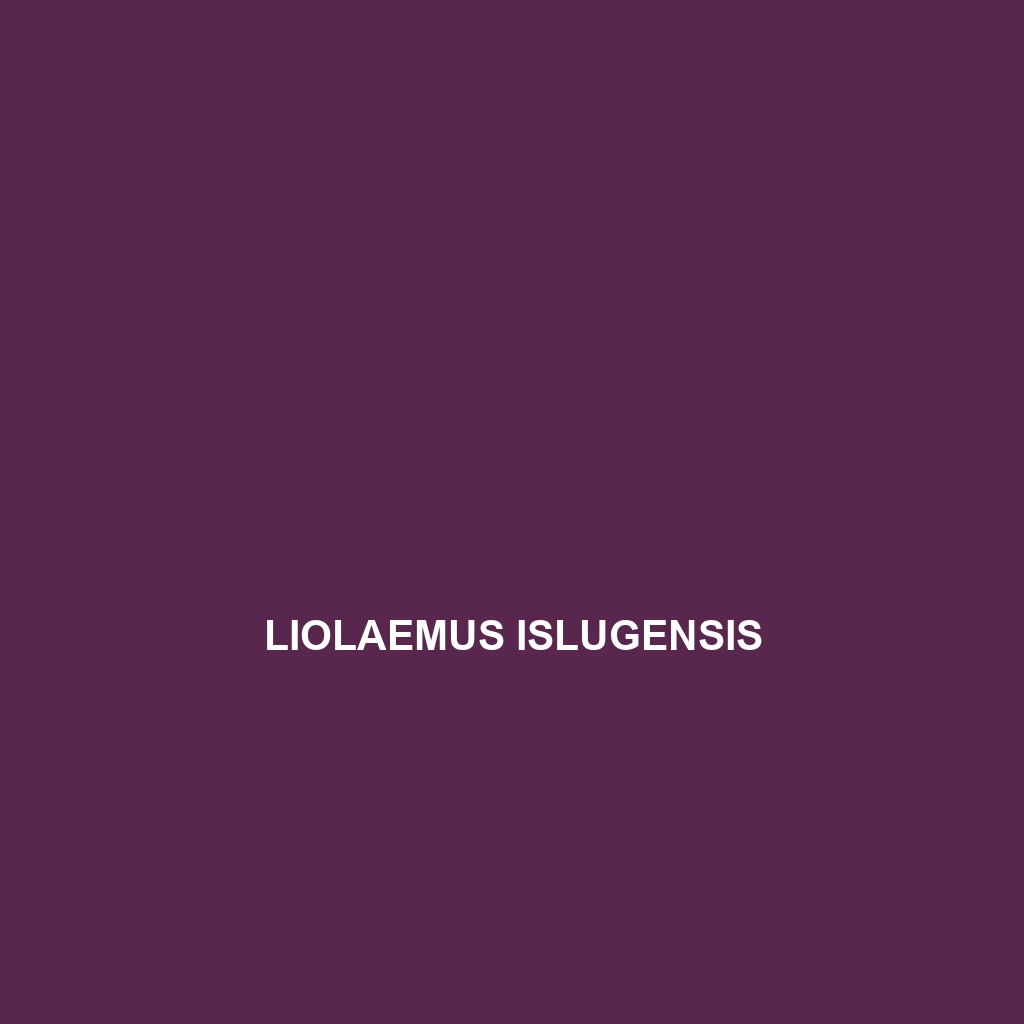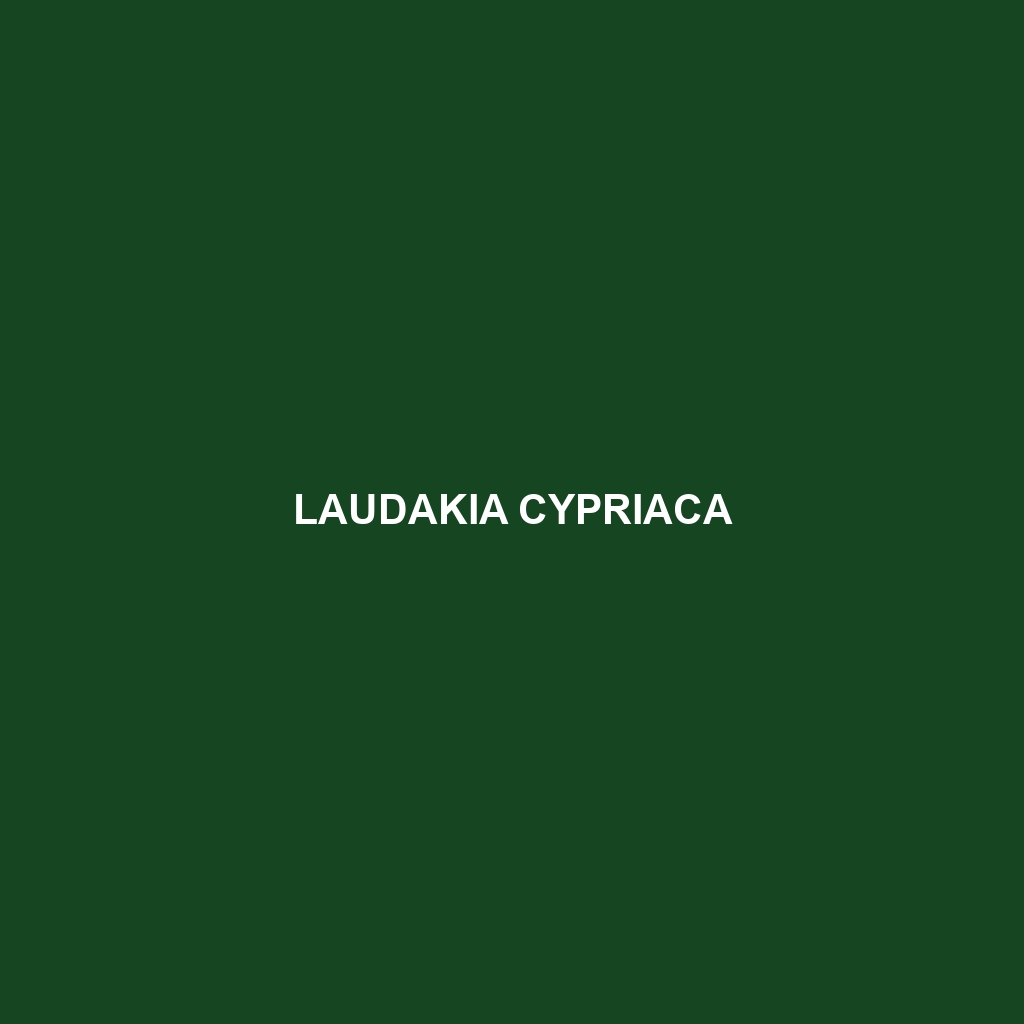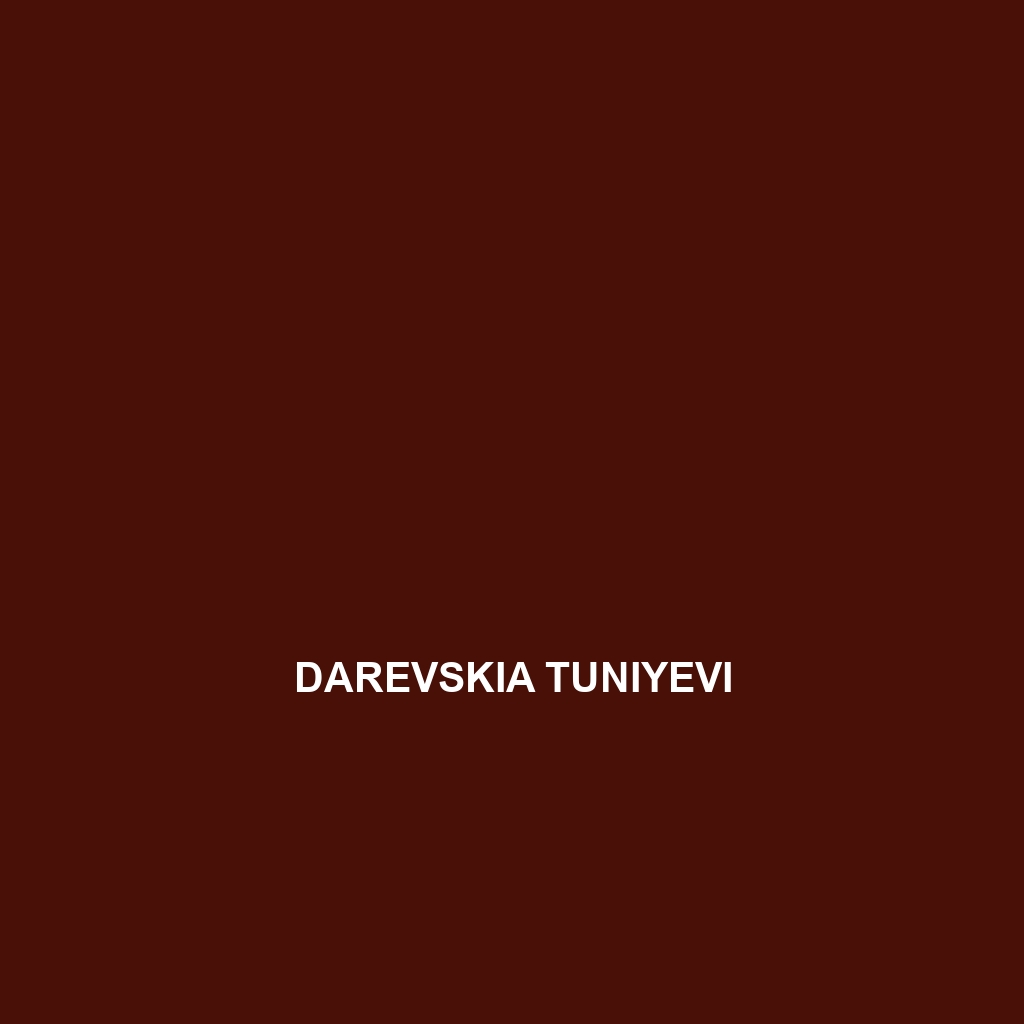<strong>Liolaemus reichei</strong>, also known as Reiche's Liolaemus, is a remarkable lizard found in the temperate forests of South America, characterized by its slender body, vibrant coloration, and distinctive throat pouch. This primarily insectivorous species plays a crucial role in its ecosystem by controlling insect populations and serving as prey for larger predators.
Tag: rocky slopes habitat
Liolaemus islugensis
Discover the unique Liolaemus islugensis, a moderately sized lizard native to the rugged mountainous regions of northern Chile, boasting striking coloration for camouflage and an omnivorous diet. Adapted to high-altitude environments, it plays a vital role in its ecosystem while facing potential threats from habitat loss.
Laudakia cypriaca
Introducing the Laudakia cypriaca, or Cyprus Rock Lizard, a medium-sized lizard thriving in the sun-drenched rocky slopes and scrublands of Cyprus. This fascinating, omnivorous species is known for its vibrant coloration during mating seasons and plays a crucial role in maintaining ecological balance by controlling insect populations in its habitat.
Darevskia tuniyevi
Darevskia tuniyevi, a vulnerable lizard species from the Caucasus Mountains known for its slender body, distinctive dark stripes, and vibrant blue throat in males. Primarily diurnal and insectivorous, this agile species plays a crucial role in its ecosystem through pest control and serves as a prey source for larger predators.
Darevskia salihae
Darevskia salihae, a medium-sized lizard from the Caucasus, known for its striking coloration and agile behavior. This insectivorous species thrives in rocky habitats and plays a crucial role in its ecosystem, although it is currently classified as Vulnerable due to habitat loss.
Darevskia lindholmi
Darevskia lindholmi, commonly known as the Lindholm's Darevskia, is a medium-sized, insectivorous lizard found in the mountainous regions of the Caucasus, characterized by its variable brown and gray coloration, distinct spotting, and climactic adaptability. This species, measuring 15-20 cm in length, is classified as "Vulnerable" due to habitat loss and plays a crucial role in controlling insect populations within its ecosystem.





